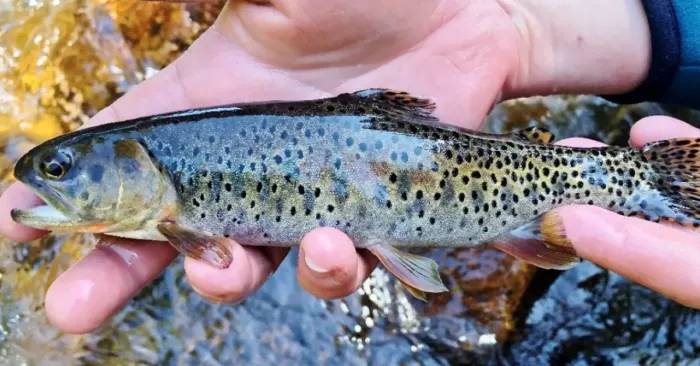
Fish considered extinct for decades brought back to life
After years of painstaking work, the fish are naturally reproducing in the wild.
A fish species considered extinct since 1937 has been brought back to life, thanks to more than a decade of hard work.
In September 2022, officials confirmed the greenback cutthroat trout are naturally reproducing in Herman Gulch, a hiking area in northern Colorado.
Pollution, mining, overfishing, and competition from other species contributed to the trout's decline in the early 1900s. In 2012, an unlikely greenback population in the Arkansas River drainage was discovered, triggering a giant conservation operation led by researchers, biologists, and government representatives.
It was painstaking work - every spring biologists hiked up a creek wearing heavy electro-fishing backpacks to catch greenbacks and ensure their eggs were fertilized, using a makeshift lab on the banks of the creek, Colorado Parks and Wildlife (CPW) says in a statement.
The eggs were then sent to a hatchery and kept in carefully controlled conditions.
And now, after fiercely protecting the waters that housed the only known greenback population for years, the team has declared the mission a success.
"Despite more than a decade of setbacks and frustrations, CPW staff worked as a team across departments and across regions, stayed focused on the goal, and now we have this great news. It's a great day," CPW Acting Director Heather Dugan said in a statement.
Conservationists are calling the trout's natural reproduction in the wild "monumental" – and that's especially true, considering flash floods, invasive species, and wildfires have been trying to thwart their efforts all along.











